How To Fix “The Request Failed Due to A Fatal Device Hardware” Error?
- Home
- Support
- Tips Data Recovery
- How To Fix “The Request Failed Due to A Fatal Device Hardware” Error?
Summary
Uncover the reasons for the request failed due to a fatal device hardware error on hard disks and explore reliable solutions in our comprehensive guide.
Table of contents
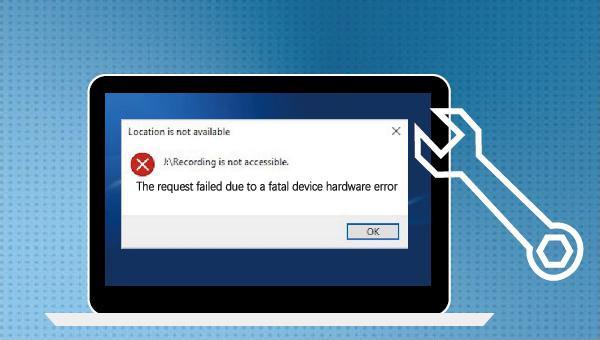
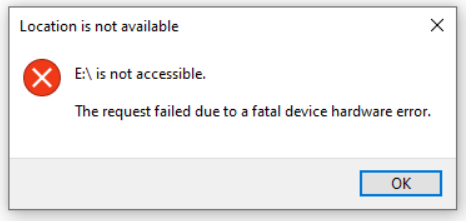

Easy to use Recover data by 3 steps;
Multiple scan modes Fast partition scan, whole partition scan and whole disk scan;
Supported file types Image, video, audio, text, email and so on;
Image creation Create a partition image to read and back up data;
Supported devices SD card, SDHC, SDXC, USB flash drive, hard disk and computer.
Easy to use Recover data by 3 steps;
Multiple scan modes Fast partition/whole partition/whole disk scan;
Supported devices SD card/USB/hard disk.
Free TrialFree TrialFree Trial 805 people have downloaded!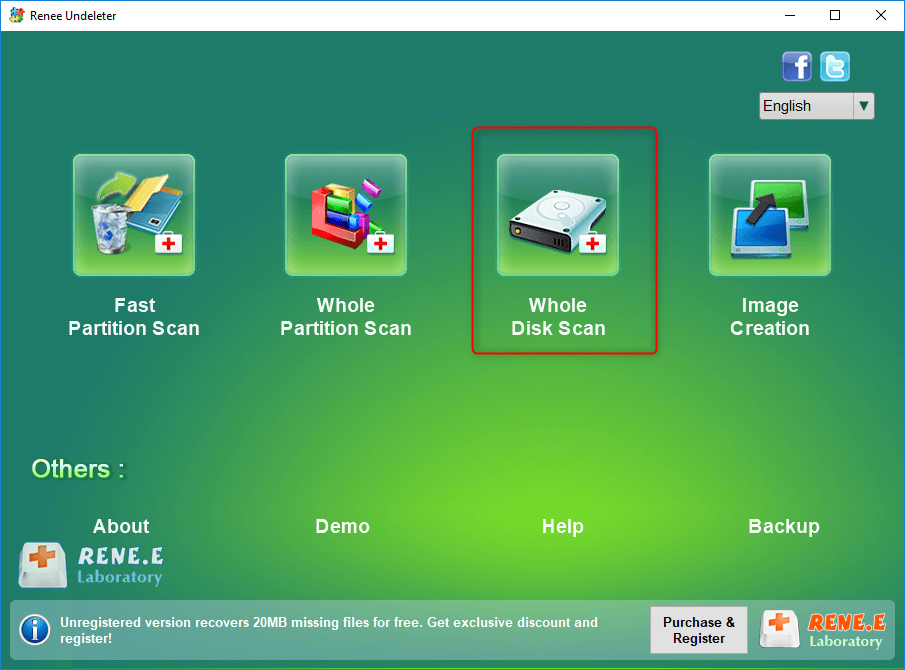
- Fast Partition Scan – Quickly retrieve files lost due to accidental deletion or emptying the recycle bin.
- Whole Partition Scan – Quickly recover files lost due to inaccessible or formatted partitions.
- Whole Disk Scan – Analyze and get partition information and perform a full scan of the entire partition.
- Image Creation – You can create a mirror image for a partition to back up the current partition state.
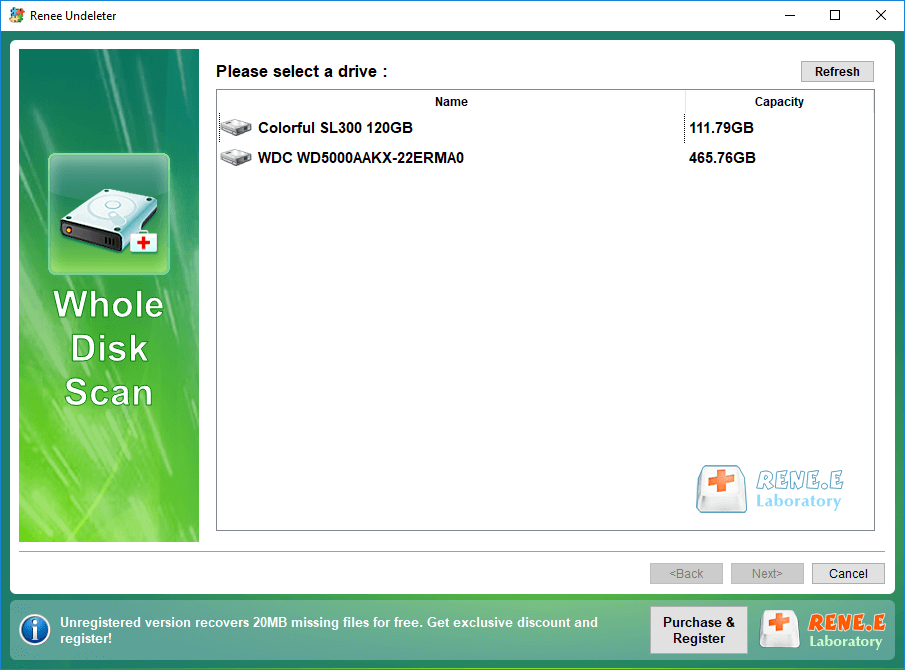
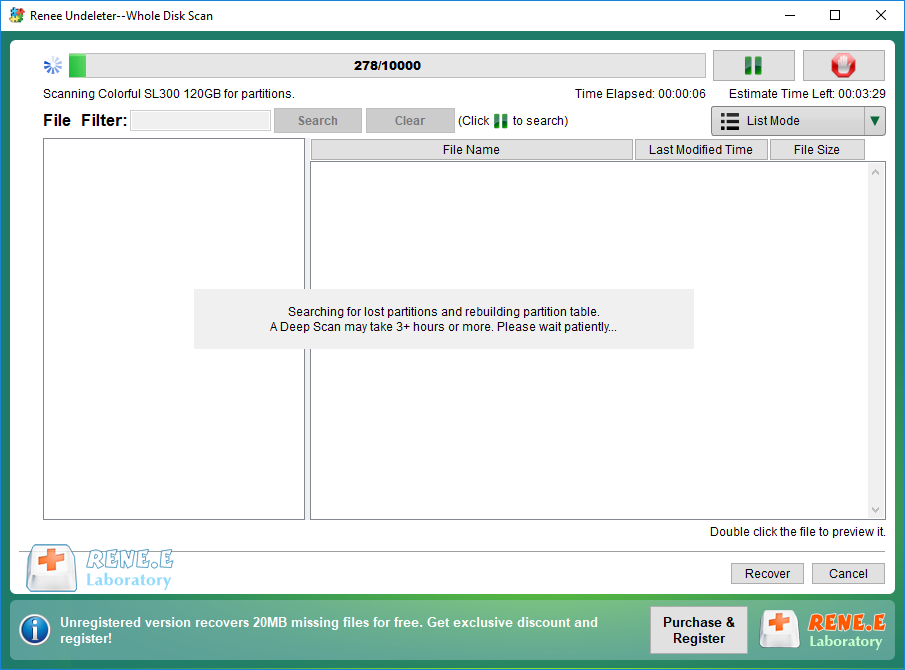
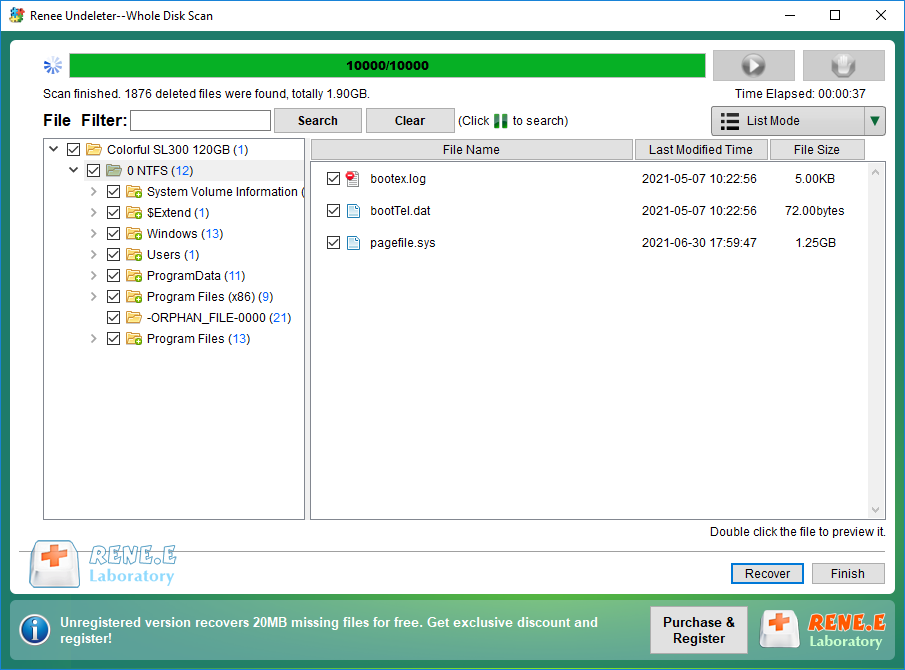
Notice: Avoid saving the recovered files to the original disk to prevent data overwriting. Instead, save them to a different disk.
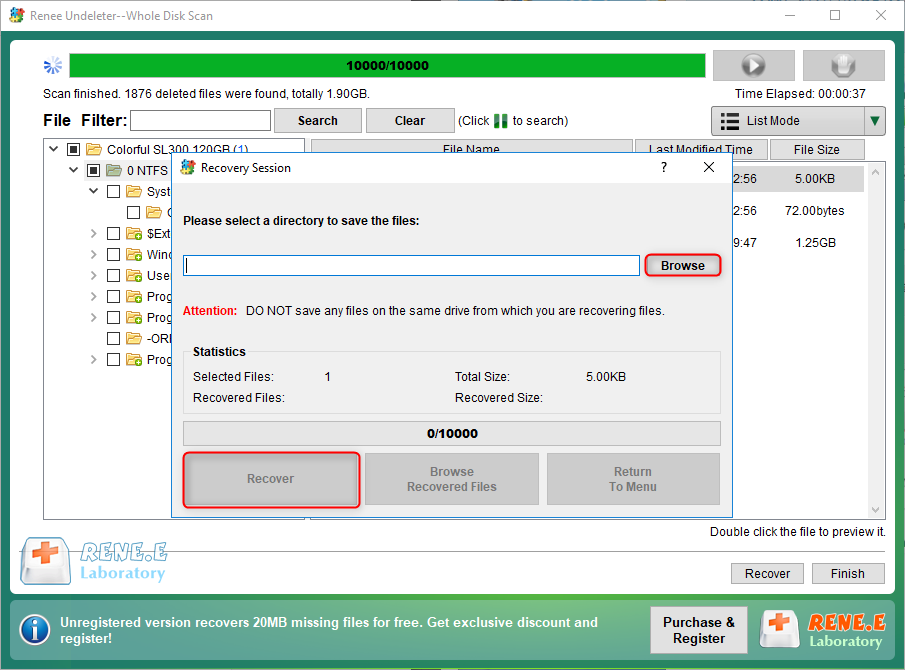


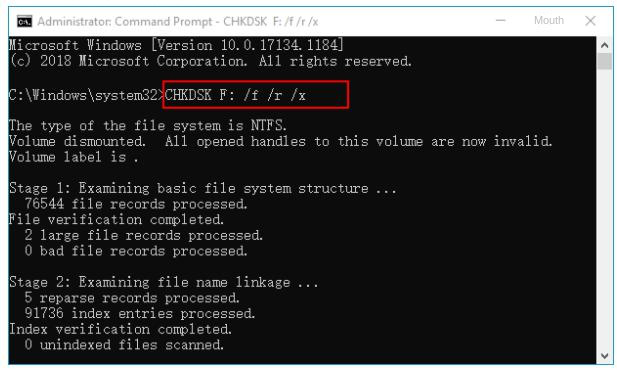
Relate Links :
Troubleshooting Guide: Fixing an External Hard Drive That Keeps Disconnecting
19-02-2024
Ashley S. Miller : For efficient data storage and transfer between devices, a mobile hard disk is essential. Learn simple repair methods...
Fix Seagate External Hard Drive Not Working Issues
05-06-2024
Jennifer Thatcher : Address common failures like "Seagate external hard drive not working". Prioritize data backup to avoid data loss.
Hard Drive Data Recovery on Mac: Recommended Solutions
24-04-2024
John Weaver : Learn effective solutions for Mac hard drive recovery from accidental deletions, disk failures, or disruptions in our comprehensive...
How to recover files from an external hard drive that is not detected?
20-05-2024
Amanda J. Brook : Ensure the external hard drive is properly connected; troubleshoot physical issues first. Learn how to recover files from...
- I. What are the reasons for the error A fatal error occurred in the device hardware, which caused the request to fail ?
- II. Use Renee Undeleter to recover files from failed hard drives
- 1. What is Renee Undeleter?
- 2. How to recover hard disk data with Renee Undeleter?
- III. How to fix the failure of The device hardware has a fatal error, which caused the request to fail ?
- 1. Verify hard drive using SMART attributes
- 2. Check and repair bad sectors




